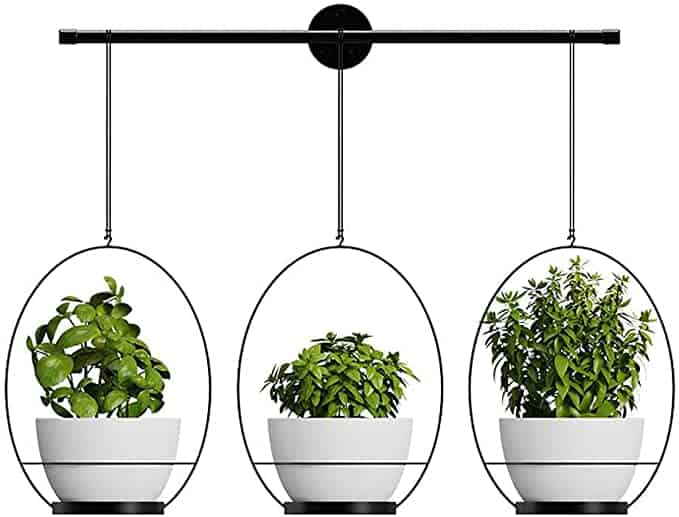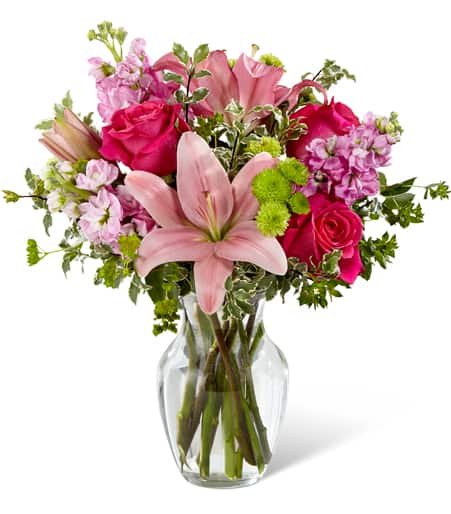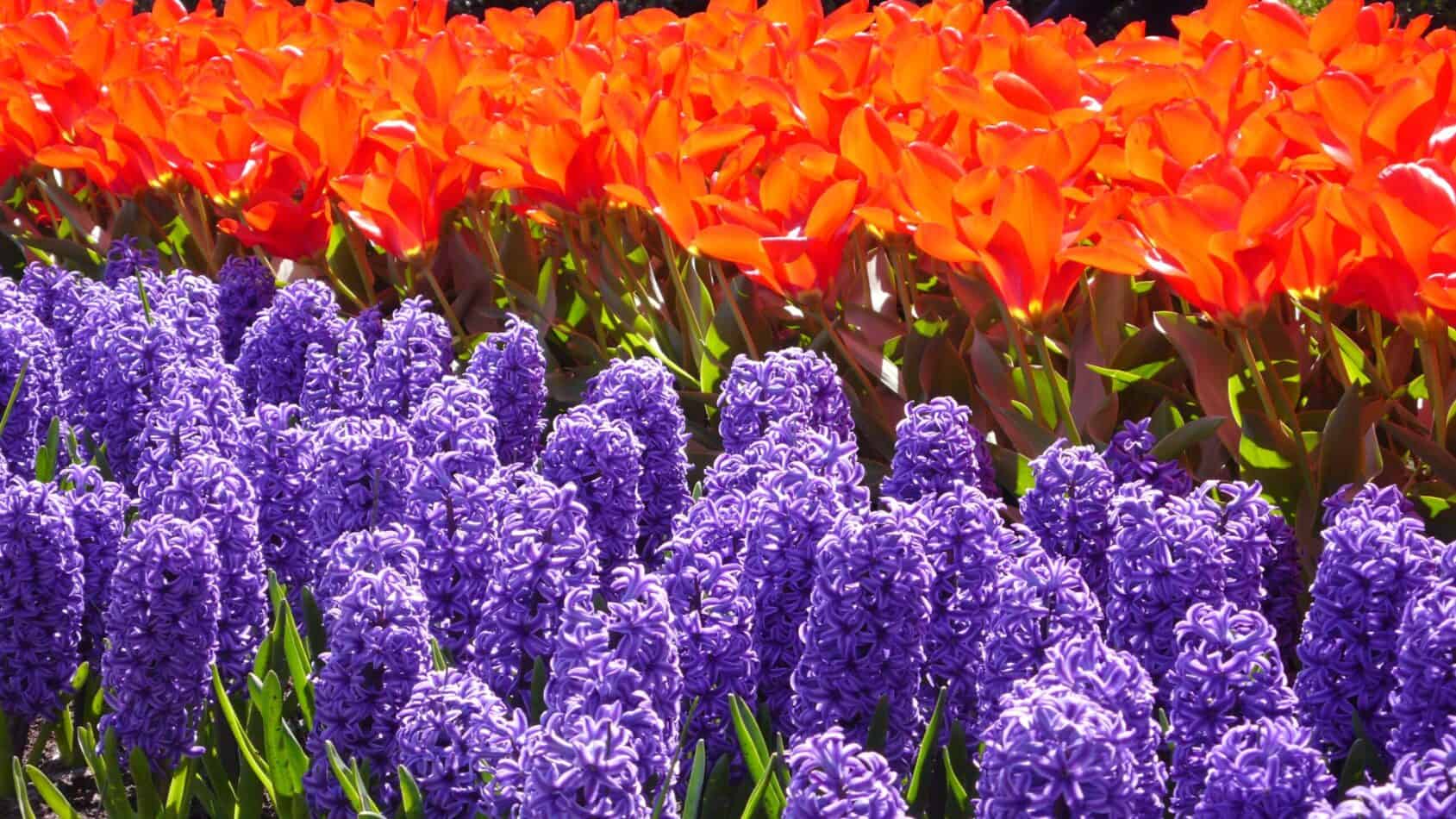Angels Fishing Rod and Dierama pulcherrimum are popular flowers that have been beloved by gardeners for centuries. Etymologically, the genus name Dierama is derived from the Greek for rainbow, and the species name pulcherrimum is derived from Latin for very beautiful. Angels Fishing Rod is sometimes known as fairy wand, and these beautiful evergreen perennials look excellent wherever you choose to place them in the garden, whether it’s along edges, walls, or ponds.
Their grass-like stems bear bell-shaped flowers in colors of white, pale pink, or magenta that bloom in late spring and early summer. Angels Fishing Rod need full sun and rich soil, and they don’t require much maintenance to look beautiful. They belong to the family Iridaceae and are classified as perennials.
How to Plant & Grow
Angels Fishing Rod are perfect for gardens because they are undemanding and easy to grow. They prefer full sun, as more light will result in an increased number of flowering stalks. Angels Fishing Rod also prefer moist but well-drained soils. If the soil is heavy, consider mixing some grit or sand in to make it lighter.
The surface should be cut away from the roots to ensure good air circulation and drainage. During hot, dry periods, Angels Fishing Rod should be watered regularly, but be sure to avoid waterlogging. If you live in an area that is prone to frost, consider using a protective cover to cover the plants during Winter.
In terms of feeding, it’s a good idea to give Angels Fishing Rod a light dose of balanced liquid fertilizer during the growing season. In colder climates, they may not need to be fertilized.

Buy this Planter on Amazon>>
Meaning & Symbolism
In terms of symbolism, Angels Fishing Rod represent endurance and longevity. They are also symbolic of joy, honor, and innocence. The flowers are often used in weddings and other celebrations to celebrate an everlasting love.
History, Mythology, & Religious Significance
Angels Fishing Rod have been a part of cultural and religious traditions for many centuries. In ancient Egypt, it was believed that the petals of the flower represented the sun and its power. In the Christian tradition, the flower was often seen as representing the resurrection of Christ.
In ancient Greece and Rome, Angels Fishing Rod were used in bridal ceremonies to bring the bride good fortune, innocence, and purity.
In Celtic mythology, the flower was seen as a symbol of eternal love, and to the Anglo-Saxons it represented divinity.
In Norse mythology, it was believed that they represented the power of the sun.

Buy Flowers on FloristOne>>
Flower Varieties & Their Defining Characteristics
Angels Fishing Rod come in many varieties and each has its own defining characteristics. The most popular variety is the ‘Majestic’, which produces deep magenta flowers with 10-15 petals, and prefers full sun. Another variety is the ‘Velvet’, which has white blooms and will grow in a wide range of sunlight levels.
The ‘Moonlight’ variety is one of the most popular, as its cream-colored flowers contrast with the green foliage, making it an eye-catching addition to any garden. Lastly, the ‘Pink’ variety produces light pink-tinted blooms and prefers full sun.
How To Pot & Repot
Angels Fishing Rod can be bought in one-, two-, or three-gallon pots and need to be potted in soil that drains well. A basic potting mix should suffice and make sure to add a little bit of sand to improve the drainage. If you are transplanting Angels Fishing Rod from a one-gallon pot to a larger pot, make sure to use a flat bottom pot for extra stability.
When transplanting, it’s important to keep the roots from drying out and from being damaged. Although Angels Fishing Rod are tolerant of most soil types, they prefer moist but well-drained soil, as this will ensure a healthy root system. Make sure to put the pot in a sunny spot and water regularly to ensure healthy growth of the plant.
How To Prune
Pruning Angels Fishing Rod helps to keep them healthy and can also give them a more attractive look. Pruning is recommended in late winter when the plant is mostly dormant. You can use hand shears to prune off any dead or damaged stems. Make sure to cut just above a bud or a node, and never pull or rip away any foliage.
When pruning, it is important to keep in mind that Angels Fishing Rod do not like being cut too severely. Generally, no more than a third of the foliage should be removed each year. Pruning can also help to encourage more blooms and more stalks, so make sure to not prune too much!
How To Propagate
Angels Fishing Rod can be propagated by seed or by division of plants. To propagate by seed, use fresh seed collected when the plants are in the flowering stage and sow in a pot of moist, well-drained potting mix. You can also propagate by division, in which case the individual plants should be split away from the parent plant, making sure to not break any fragile roots.
Whichever method you choose, make sure to keep the soil moist and give the plants plenty of light. Keep a watchful eye for weeds and remove them as soon as possible to prevent them from competing for water and nutrients. As with all plants, it is important to keep a watchful eye for pests and diseases.
Common Pests & Diseases
As with any plant, Angels Fishing Rod are susceptible to a variety of pests and diseases. Common pests include aphids, scales, and mealybugs. To prevent infestations, make sure to keep an eye out for signs of pests on the foliage and take action as soon as possible. For diseases, the most common are root rot, crown rot, and powdery mildew.
It is important to be aware of the signs of these diseases in order to prevent them from spreading. For root rot and crown rot, make sure to water heavily to reduce the moisture in the soil and to reduce the risk of the disease spreading. For powdery mildew, make sure to trim away any infected foliage to help prevent spread.
Frequently Asked Questions
Q: What are the best growing conditions for Angels Fishing Rod?
A: Angels Fishing Rod need full sun and moist but well-drained soil in order to thrive. Make sure to also avoid waterlogging and to use a protective cover if you live in a colder climate.
Q: How should I water Angels Fishing Rod?
A: Angels Fishing Rod prefer moist but not waterlogged soils. Water regularly during the growing season, but make sure to avoid waterlogging.
Q: When should I prune Angels Fishing Rod?
A: Prune Angels Fishing Rod in late winter, when the plant is mostly dormant. Make sure to only prune away a third of the foliage each year and to never pull or rip away any foliage.
Table Fact Sheet
| Angels Fishing Rod | Dierama pulcherrimum |
|---|---|
| Family | Iridaceae |
| Plant Type | Perennial |
| Mature Size | Up to 2 feet tall |
| Sun Exposure | Full sun |
| Soil Type | Moist, well-drained |
| Soil pH | 6-7.5 |
| Bloom Time | Late Spring – Early Summer |
| Flower Color | White, pale pink, magenta |
| Hardiness Zones | 5-9 |
| Native Area | Native to parts of South Africa and Lesotho |
What we love from Amazon this week
Buy these wonderful flowers directly from Amazon:















